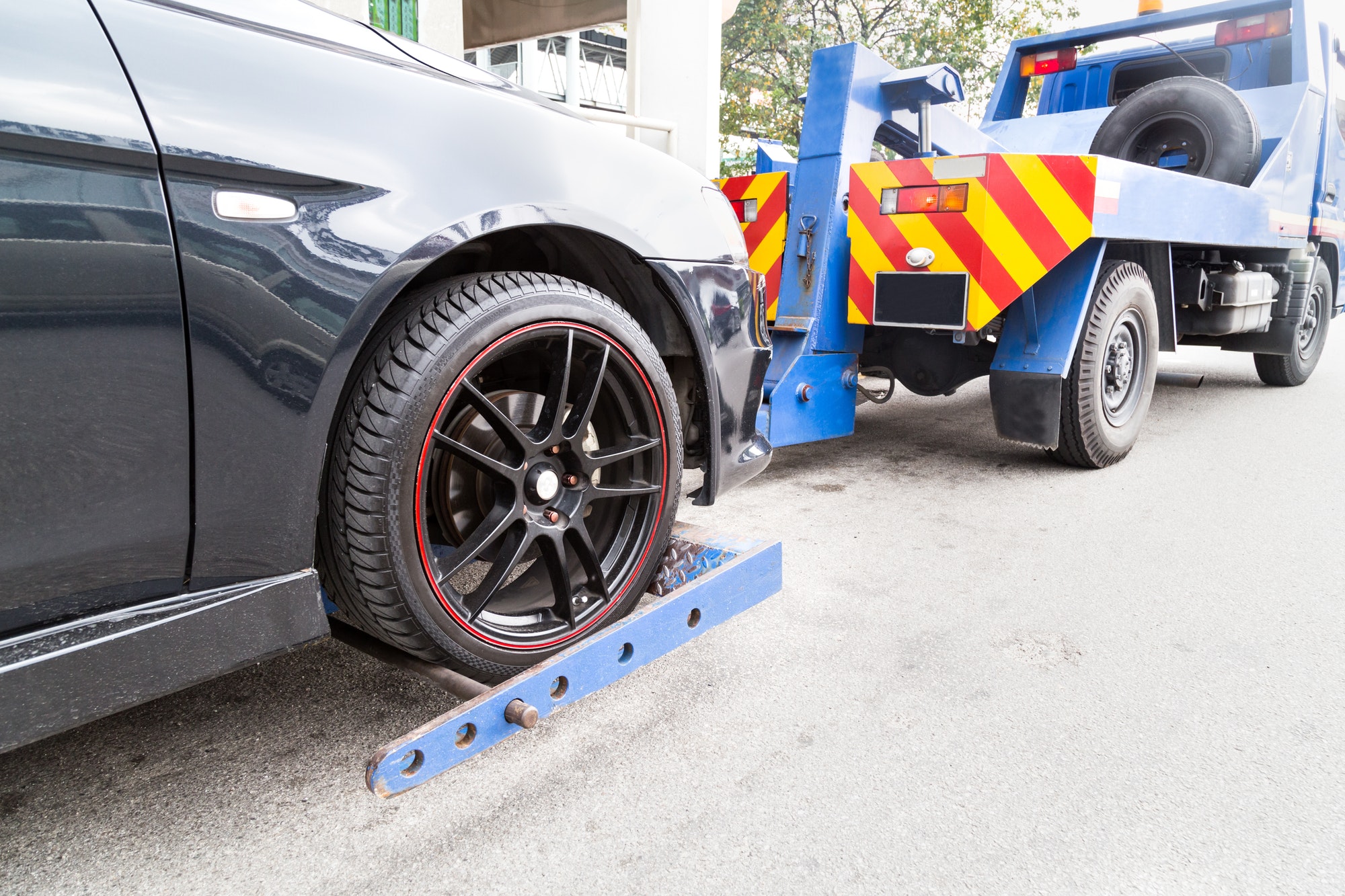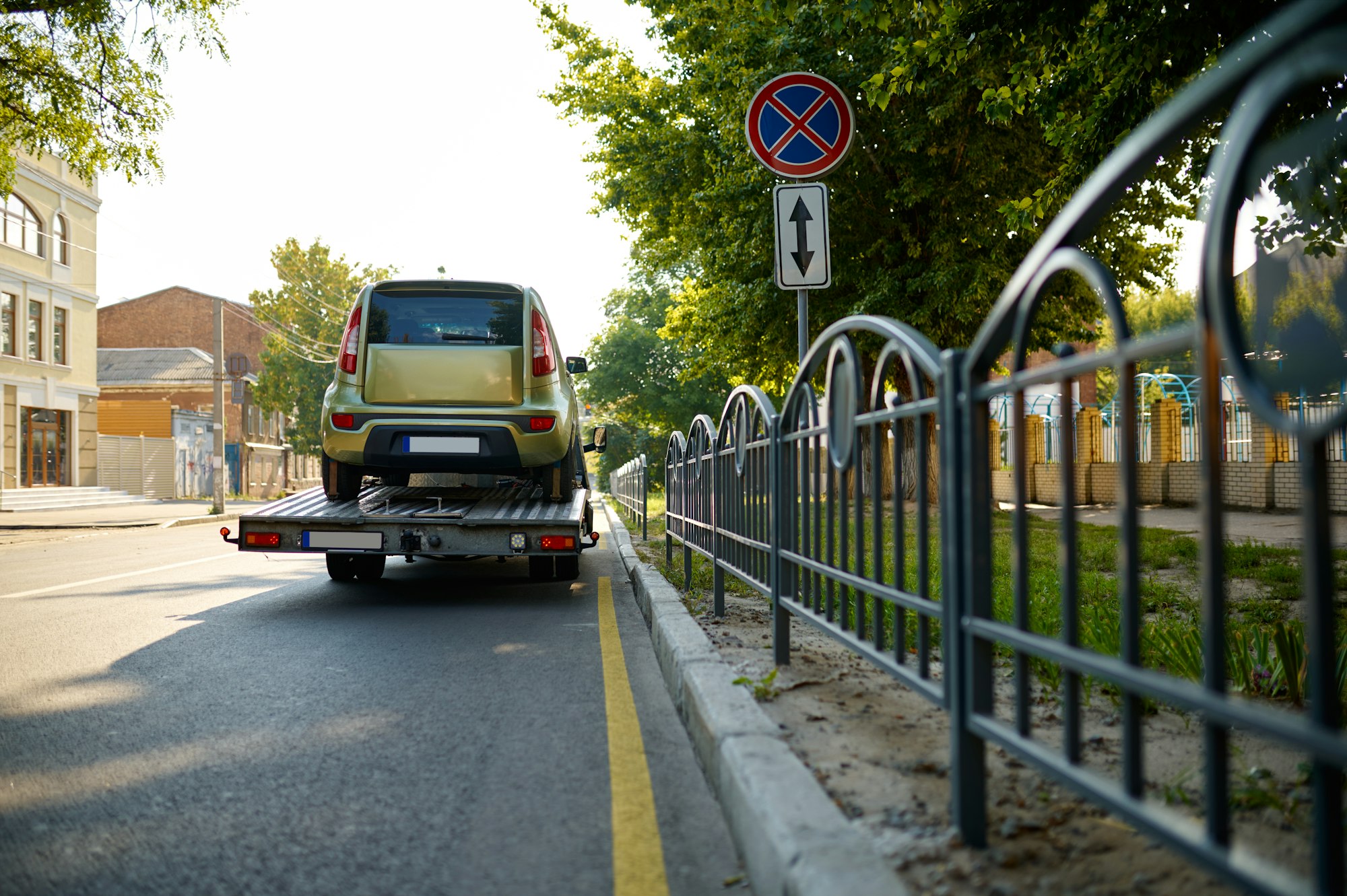Towing is important. Whether moving your car from one place to another or just taking it on a road trip, towing is needed. Whatever the reason, you need to know how to tow a car, and that’s where “Tow bar installer – 10 simple steps” comes in.
Table of Contents
ToggleRead this guide, “Tow bar installer – 10 simple steps” and learn to tow most simply.
How to use a tow bar installer
Installing a tow bar is crucial when towing a car. If you don’t install it correctly, your vehicle can get damaged severely; even worse, it can get into an accident. So, let’s look at the ten essential steps for a tow bar installer.
1. Choose a suitable tow bar
The first and most crucial towing step is choosing a suitable tow bar. You should remember some points when selecting a tow bar for your car. They are:
- The weight you want to pull
- Your car model and make year
- Be sure to read the user instructions for the tow bar
- Keep an eye on your warranty conditions before installing a tow bar
2. Select a solid mounting area
After selecting a suitable tow bar, you must identify a good mounting spot for the installer. Most of the time, your bumper should do the work as it is one of the sturdiest places in the car. Look closely and find a good sturdy spot. Then, put up the tow bar to check if it fits appropriately with the bumper.
3. Drill out holes in the right place
Drilling out holes properly is a very crucial process. You have to be extra careful while doing it. Otherwise, it can damage your car’s multiple components. Use an indent where you want to make a hole. By doing this, you are making sure that the drill doesn’t slide from the spot. And try to make the holes the same size as the bolts. Otherwise, they will get lost. Follow the tow bars manual to learn the size of the bolts, or use a ruler to get a precise measurement.
4. Make the surface clean
After you have successfully drilled the holes, clean the surfaces of the bumper and the tow bar. Cleaning them properly helps them stay rust-proof for a more extended period. And don’t forget to apply an anti-corrosion substance into the drilled holes.
5. Installing the mounting brackets properly
Install the mounting brackets when you clean the bumper and the tow bar. Look for the detailed instructions in the manual on mounting the brackets with the tow bar installer.
6. Tighten the fasteners
Please make sure the fasteners are tight enough, and they are tightly attached. Tighten the bolts and nuts with a wrench. Then, recheck them after you are done tightening. Recheck them after traveling a few miles to ensure they are not loose.
7. Wire the tow bar
Wire the tow bar to synchronize braking between the two car’s electrical systems. Check whether your car’s brake lights and turn signals are working seamlessly at the same time. Don’t miss this step; otherwise, there’s a high chance that you will create havoc on the road.
8. Installing the tow bar
After you are done with the previously mentioned steps, you have to install the tow bar. Slide the tow bar inside the once-installed mounting brackets with a linchpin. Then, connect the tow bar by dropping a linchpin in each hole. Voila! The tow bar is now associated with your car.
9. Safety chains are a must
Attach safety chains between both of your vehicles to avoid any unexpected accidents. These chains will give you more confidence on the road and act as an extra layer of security in case the tow bar gets unhitched. So, don’t forget them.
10. Final inspection
Before you hit the road, do a follow-up inspection after completing all the processes. Recheck each process to be reassured. Keep in mind that you need help to meet the process. So, ask someone to lend a hand. After the recheck, you are ready to go if everything seems in place.






